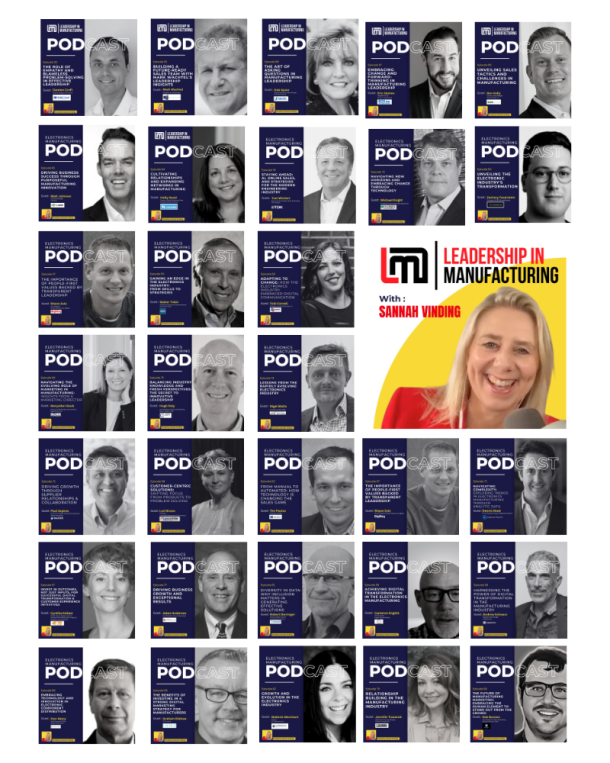Episode 53
Why experience-centric design and cross-cultural design really matter!

In today’s global economy, there is a growing need for companies to design products that appeal to consumers across cultures.
When developing products for international markets, it is important to understand cultural differences between countries. For example, people in Japan may not appreciate the same things as Americans.
This means that businesses must take into account the needs of their target audience before they begin development.
When designing a digital product, there are certain things you need to consider before launching it into the wild. One thing that should never go overlooked is cultural sensitivity.
I invited Gleb Kuznetsov to be a guest on Mind The Innovation Leadership Podcast to discuss continuous innovation and cross-cultural design challenges.
Host
Sannah Vinding
Guest
Episode
E53
Key takeaways



But for me, the innovation is when you basically making people’s life better.
Companies need to constantly innovate and adapt to changes in their market.
Companies need to constantly innovate and adapt to changing customer needs. However, when designing new products, there are certainly cultural differences between different countries and regions that must be considered.
When creating a new product, it’s important to consider not only what customers might want, but also what they expect. That means understanding the culture and customs of the market where your product will be sold.
When designing for cross-culturally diverse markets, there are some things you should keep in mind. In this podcast episode, we’ll take a look at what makes up a successful cross-cultural design strategy.
Designing for different cultures requires a unique set of skills. As designers, our job is to create beautiful designs that work across all types of platforms.
But when working with international clients, we need to understand their culture and adapt our designs accordingly.
Cross-cultural design
Color plays an important role in conveying cultural meanings when creating digital experiences.
Innovation is a complex process involving many different factors
Innovation is a process that involves many different factors, such as technology, design, and human interaction. However, it’s impossible to innovate without taking into account the perspective of others. Diversity is a critical part of any innovative project, and it’s something that we should embrace. We should strive to understand the needs of our consumers and employees and incorporate these insights into our designs and processes. By understanding the ways in which people around the world behave differently, we can improve our products and services to meet their needs. This leads to innovations that are truly universal.
You have to remember that Innovation is not just about new products or services – it’s about changing the way things work. Companies should embrace cultural diversity in order to remain competitive.
Innovation thrives when there are different points of view. In fact, it’s been proven that diversity of thought breeds creativity and inspires innovation. A study conducted by researchers at Stanford University found that teams composed of individuals with different backgrounds and experiences outperformed those comprised of members with similar backgrounds.
Experience-centered design is a critical component of innovation because it focuses on creating experiences that are meaningful and memorable. By focusing on the end result rather than the process, designers are able to create innovative solutions that solve real problems. This type of design is especially important in industries like healthcare, education, retail, and hospitality, where consumers expect high levels of service and convenience. These businesses are constantly innovating by developing new ways to improve the overall experience for their customers.
Understanding the cultural nuances
We basically complete the discovery phase where we have a holistic strategy, we know where we’re headed, we know why we’re heading there, and we hear different opinions from various departments and different types of individuals.
People from different cultures use technology differently.
Gleb Kuznetsov

Gleb Kuznetsov
Cofounder & Creative Designer at Milk Inside
Related Episodes
Why AI Should Support Leaders, Not Replace Them – Episode 131
How should leaders use AI without losing trust and human judgment? In this bonus episode, Sannah Vinding explores how AI supports leadership without replacing people in manufacturing and electronics.
How Leaders Build Trust Across Cultures – Episode 130
Learn how leaders build trust across cultures with clear communication, listening, and simplified processes. Featuring Jessica Chang of MEAN WELL USA.
New Episodes
Bi-Weekly Tuesday







